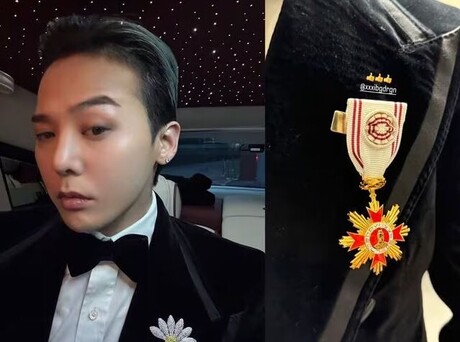An extraordinary dialogue between artistic movements unfolds at the Anatole-Jakovsky Museum of Naïve Art in Nice, where the exhibition 'Parallel Worlds' challenges traditional art classifications. Running until March 31, 2026, this collaborative effort with the Museum of Modern and Contemporary Art (MAMAC) questions our relationship with art by bringing together works that might never have shared the same gallery space under conventional circumstances.
The exhibition poses fundamental questions about artistic categorization: What truly characterizes naïve art, outsider art, singular art, and contemporary art? Where does popular art fit within these boundaries? The curators deliberately blur the lines between theoretical approaches, conceptual frameworks, and emotional responses to create an unprecedented artistic encounter.
Walking through the floors of Château Sainte-Hélène, where the Museum of Naïve Art opened its doors in 1982, visitors discover major works by Niki de Saint Phalle, a towering figure of the 20th century. Her pieces 'Cow and Man Reading His Newspaper,' 'Diane's Dream,' and 'The Tree of Life' are displayed alongside 'The Rich Woman,' an oil painting by Greta Pecnik, a Slovenian naïve painter known for her warm colors, feminine symbols, and subtle eroticism.
'This is somewhat her moment of glory,' smiles Frédérique Olivier-Ghauri, director of the Jakovsky Museum, speaking about Pecnik. 'Nobody knows her. But we wanted to show that her work is strong, that it can hold its own next to Niki's pieces – it's not incongruous.' Rebecca François, curator at MAMAC, adds important context: 'This also reminds us that Niki de Saint Phalle was self-taught. She joined the Nouveau Réalistes group in the 1960s, and that's how she really integrated into the contemporary art world. But she had a practice that could be described as very naïve or very popular. She always claimed this, and it was often held against her.'
The exhibition creates intimate theatrical spaces to explore different aesthetic approaches. Behind a velvet curtain, visitors discover what François describes as 'a kind of small theater around the aesthetic and objects from the bottom drawer.' Here, Christian Boltanski's 'Grotesque Composition' occupies a wall space. As a member of the Personal Mythologies movement in the 1970s, Boltanski uses cork stoppers, walnut kernels, and pins for his sharp photographic prints.
Adjacent to this institutionally well-established artist hangs 'The Dead Class' by Serge Dorigny, a Nice-born artist from 1937 who employed tin cans and remains of avocados, lemons, and lychees in his work. 'With him, there's an amusing side. But also a lot of poetry and often a dark aspect,' explains Olivier-Ghauri. 'The conceptual aspect is less present in his work than in Boltanski's, but he has a form of social engagement.'
Continuing through the exhibition, visitors encounter a quote from Jean Dubuffet reproduced on the wall: 'When intellectuals get involved, it's ruined.' This leads to another compelling juxtaposition around the theme of feasting. Zofia Rostad, a naïve artist who also created textiles and designs for both La Redoute and luxury brands, is highlighted with her work 'Easter in Poland.' This dining scene features lace, tapestries, and tablecloths emblematic of Eastern European popular art, painted in shimmering, reassuring colors.
Nearby, a documentary video explores the work of Dorothée Selz and Antoni Miralda, a couple who participated in the Eat Art movement of the 1970s – an artistic current that literally involved eating art and questioning food customs. Their 'Colored Breads,' long loaves in fluorescent tones reminiscent of something from a futuristic bakery, complete this culinary artistic dialogue.
The 'Parallel Worlds' exhibition successfully demonstrates that artistic boundaries are often more fluid than institutional classifications suggest. By placing self-taught artists alongside established contemporary figures, the collaboration between the two Nice museums invites visitors to reconsider their preconceptions about art hierarchies and the value of different creative approaches. The exhibition continues through March 31, 2026, offering an ongoing opportunity to explore these fascinating artistic intersections.








